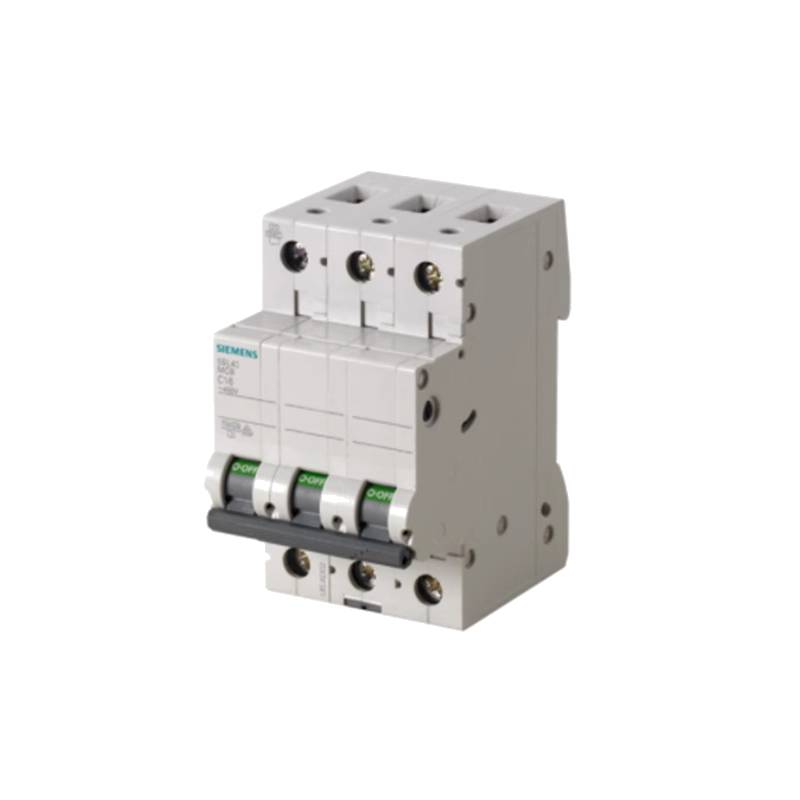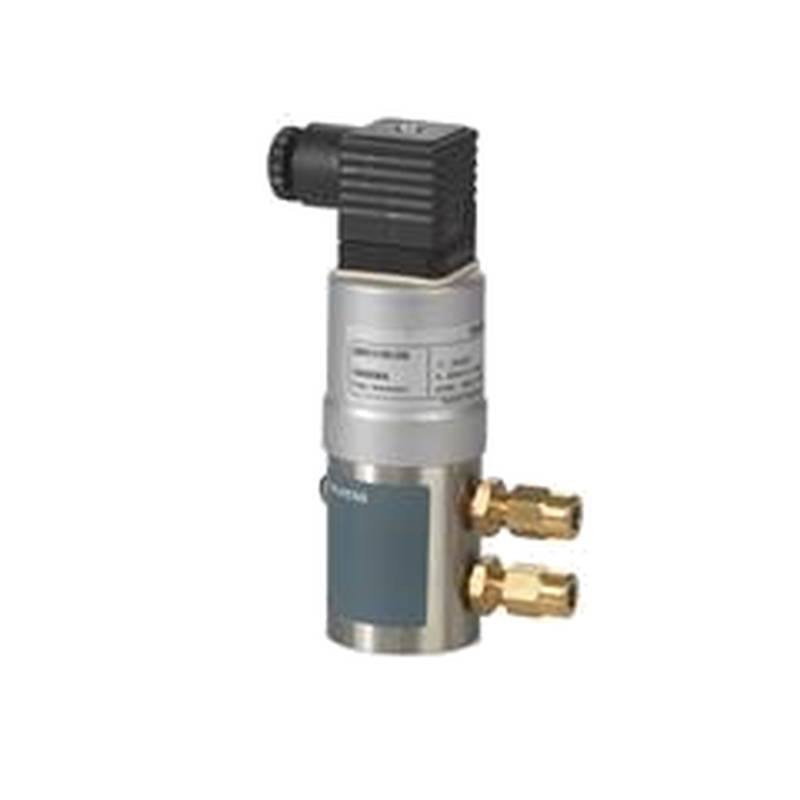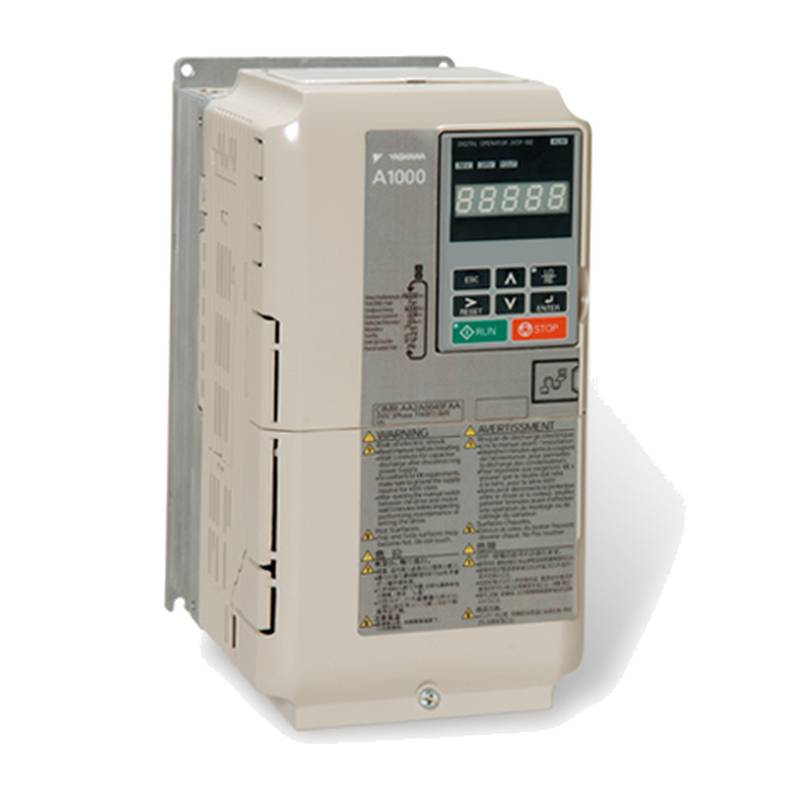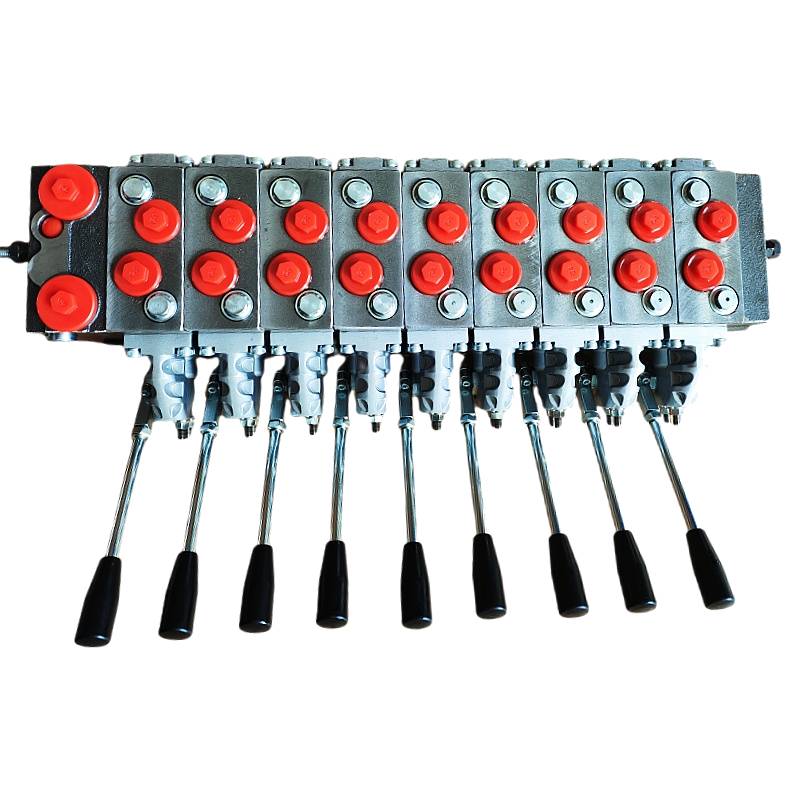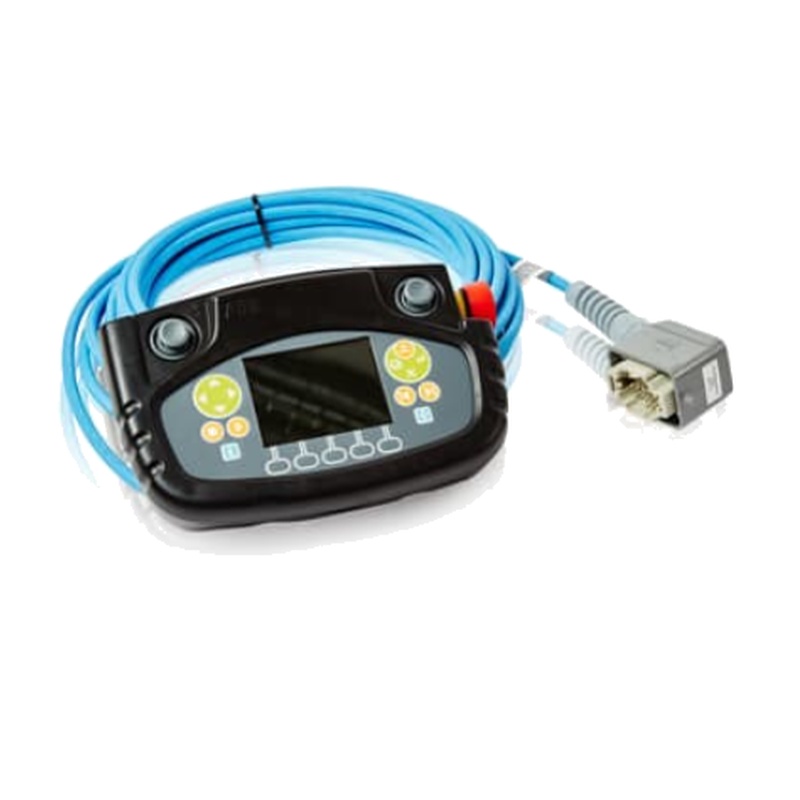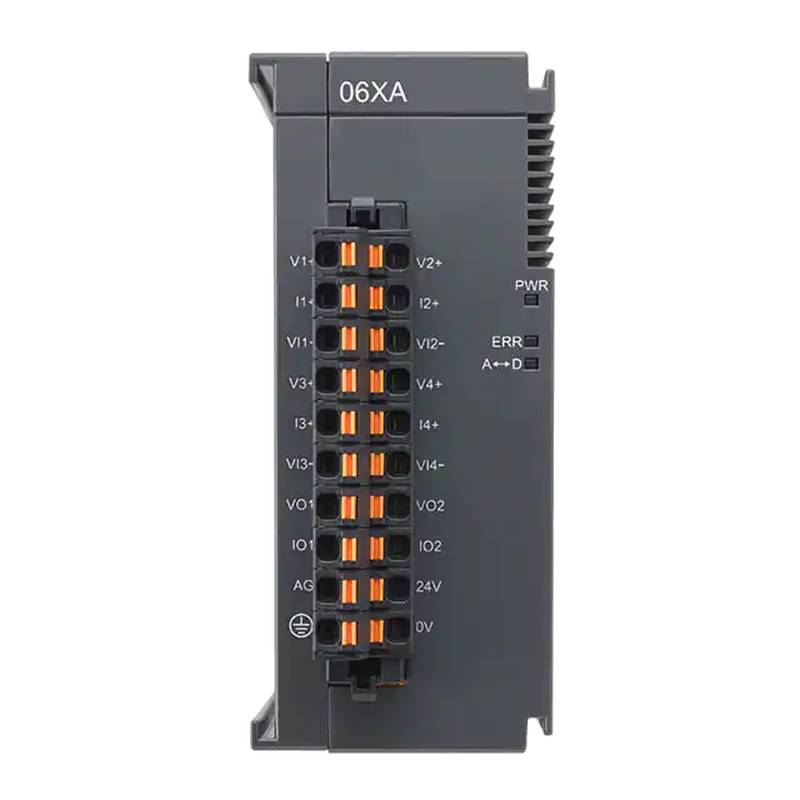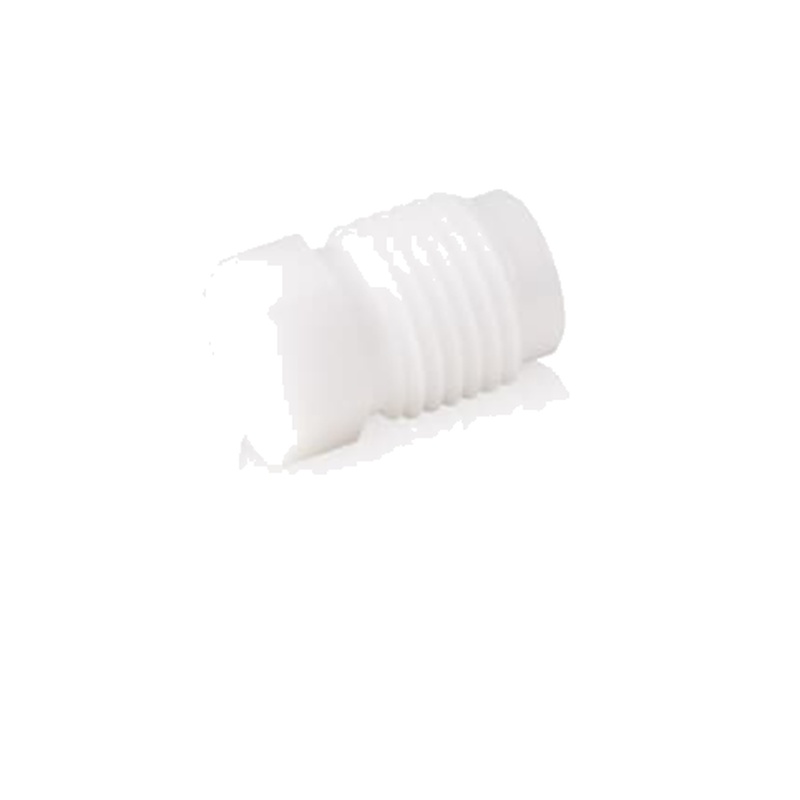
The Siemens 5SN6308-8CN is a Type C High Breaking Capacity Miniature Circuit Breaker (MCB) designed for robust protection in demanding industrial and commercial electrical installations. This 3-pole, 8-ampere unit offers superior fault current interruption capabilities, ensuring personnel safety and equipment integrity. Its advanced tripping characteristics, particularly its Type C curve, make it ideal for circuits with moderate inductive or capacitive loads, providing reliable overcurrent and short-circuit protection without nuisance tripping.
Product Specifications
| Feature | Specification |
| :---------------------- | :--------------------------------- |
| Product Type | Miniature Circuit Breaker (MCB) |
| Manufacturer | Siemens |
| Series | 5SN |
| Model Number | 5SN6308-8CN |
| Number of Poles | 3 (3-pole) |
| Rated Current (In) | 8 A |
| Tripping Curve | Type C |
| Breaking Capacity (Icn) | 10 kA (10000 A) |
| Voltage Rating (Ue) | 400/415 V AC |
| Frequency | 50/60 Hz |
| Protection Type | Overcurrent, Short-circuit |
| Mounting Type | DIN Rail (35mm) |
| Terminal Type | Screw Terminal |
| Ambient Temperature | -25°C to +55°C |
| Ingress Protection (IP) | IP20 |
| Compliance Standards | IEC 60898-1, IEC 60947-2 |
Core Features & Market Positioning
The Siemens 5SN6308-8CN MCB distinguishes itself through its high breaking capacity of 10 kA, exceeding standard requirements for many industrial applications and offering a significant safety margin against severe fault conditions. Its Type C tripping curve is a critical differentiator, engineered to handle inrush currents typical of inductive loads such as motors, transformers, and fluorescent lighting, thereby minimizing premature tripping and ensuring operational continuity. This robust design positions the 5SN6308-8CN as a reliable choice for sectors demanding consistent performance and enhanced safety, aligning with Siemens' reputation for quality and advanced electrical protection solutions. The 3-pole configuration ensures complete isolation of all phases, which is essential for three-phase systems and compliant with safety regulations for motor control circuits.
Key Application Scenarios
This Siemens 3-pole 8A MCB is extensively deployed in industrial control panels, machinery protection, and power distribution systems where reliable overcurrent and short-circuit protection is paramount. Its Type C characteristic makes it particularly suitable for safeguarding three-phase motors, pumps, compressors, and other equipment that experience high starting currents upon activation, preventing nuisance tripping while still offering rapid response to dangerous fault levels. The 10 kA breaking capacity provides substantial protection in environments with potentially high fault currents, common in manufacturing facilities, processing plants, and commercial buildings. Its 8A rating is often specified for branch circuits feeding smaller to medium-sized motors, lighting arrays, or auxiliary power systems.
Practical System Integration Guidance
Integrating the Siemens 5SN6308-8CN MCB into existing electrical infrastructure is straightforward due to its standard 35mm DIN rail mounting compatibility. For wiring, ensure the main power supply conductors are connected to the line terminals (typically at the top) and the load conductors to the load terminals (typically at the bottom). Proper torque should be applied to the screw terminals to ensure secure connections and prevent overheating. As a 3-pole breaker, it must be installed in applications requiring simultaneous switching of all three phases, crucial for motor protection and safety compliance in three-phase systems. Always ensure the ambient operating temperature remains within the specified range of -25°C to +55°C for optimal performance and longevity.
Operation and Risk Mitigation
The Siemens 5SN6308-8CN operates automatically, interrupting the circuit when current exceeds its calibrated threshold, either due to overload or a short circuit. For risk mitigation, regular visual inspection of the breaker and its connections is recommended to identify any signs of wear or damage. After an event that causes tripping, it is crucial to identify and rectify the cause of the fault before resetting the breaker to prevent recurrence and potential damage to the equipment or system. While the 5SN6308-8CN is designed for high reliability, consulting the IEC 60898-1 and IEC 60947-2 standards provides comprehensive understanding of its operational limits and safety protocols. The breaker's clearly marked "ON" and "OFF" positions facilitate quick status checks.
Scalability & Long-Term Value
The Siemens 5SN6308-8CN MCB is designed for robust performance and offers good compatibility within Siemens' broader electrical protection and automation portfolio. Its standard DIN rail mounting ensures it can be easily integrated into existing or new distribution boards and control cabinets, facilitating system expansion or upgrades. While specific upgrade paths depend on the overall system architecture, the 10 kA breaking capacity ensures it can handle increased fault levels that may arise with system growth. For integration with modern IIoT or digital solutions, ancillary devices like auxiliary contacts or signal modules can often be attached to the side of the MCB, allowing for remote monitoring and control capabilities, thereby enhancing its long-term value in smart manufacturing environments.
Frequently Asked Questions
Q1: What is the breaking capacity of the Siemens 5SN6308-8CN MCB?
This MCB boasts a significant breaking capacity of 10 kA (10000 Amperes). This high rating ensures it can safely interrupt even severe short-circuit currents.
It is crucial for protecting circuits where fault levels might exceed standard residential or light commercial expectations. This capacity is a key safety feature for industrial environments.
The 10 kA rating provides a robust safety margin, safeguarding downstream equipment and personnel from hazardous electrical events.
Q2: What does "Type C" tripping curve mean for this MCB?
A Type C curve indicates the MCB's response to inrush currents. It is designed to tolerate higher initial surge currents.
This makes it ideal for inductive loads like motors and transformers which draw more current upon startup. It prevents nuisance tripping during normal operation.
The Type C characteristic offers a balance between sensitive protection and tolerance for transient current demands.
Q3: Can the Siemens 5SN6308-8CN be used for single-phase applications?
While it is a 3-pole breaker, it can be used in single-phase applications by bridging the unused poles or by using it to switch all phases in a single-phase system. However, its primary design is for three-phase systems.
Using it for single-phase might be overkill unless higher breaking capacity or specific isolation requirements are present. It ensures complete isolation of the circuit.
For typical single-phase circuits, a 1-pole or 2-pole MCB might be more conventional and cost-effective.
Q4: What is the rated current and voltage for this Siemens MCB?
The rated current for the Siemens 5SN6308-8CN is 8 Amperes. Its operational voltage rating is 400/415 Volts AC.
These specifications define the continuous current it can safely handle and the voltage level of the electrical system it is designed for. Adhering to these ratings is vital for safe operation.
Always ensure the circuit's expected load current does not exceed the MCB's 8A rating, and that the system voltage matches the 400/415V AC specification.
Q5: How is the Siemens 5SN6308-8CN MCB mounted?
This MCB is designed for standard 35mm DIN rail mounting. This is a common mounting standard in electrical control panels and distribution boards.
Installation involves simply snapping the breaker onto the DIN rail. Secure connections are made via screw terminals.
The DIN rail mount simplifies both initial installation and any future modifications or expansions of the electrical system.
Q6: What are the typical environments for using a 10 kA breaking capacity MCB?
Environments with higher potential fault currents benefit most from 10 kA MCBs. This includes industrial facilities and large commercial buildings.
These locations often have significant power distribution networks where short-circuit levels can be substantial. It ensures reliable protection.
The higher breaking capacity provides an essential safety buffer against severe electrical faults common in complex power systems.
Q7: Is this MCB suitable for protecting motors?
Yes, the Type C tripping curve makes it suitable for protecting motors. It can handle the high inrush current when a motor starts up.
This prevents nuisance tripping during motor startup while still providing protection against overloads and short circuits. It ensures operational reliability.
For motor protection, always consider the motor's full load current and starting characteristics against the MCB's ratings and curve.
Q8: What safety standards does the 5SN6308-8CN comply with?
This MCB complies with international standards IEC 60898-1 and IEC 60947-2. These standards govern the performance and safety of low-voltage switchgear.
Compliance ensures the product has undergone rigorous testing for reliability, safety, and performance characteristics. It meets global electrical safety requirements.
Adherence to these standards signifies the product's suitability for a wide range of electrical installations requiring robust protection.
Q9: What is the operating temperature range for this breaker?
The Siemens 5SN6308-8CN MCB can operate reliably within an ambient temperature range of -25°C to +55°C. This wide range suits various industrial and commercial applications.
Maintaining operations within this specified temperature range is crucial for the longevity and accurate performance of the circuit breaker. It ensures protection is consistent.
Extreme temperatures outside this range can affect the tripping characteristics and lifespan of the MCB, potentially compromising safety.
Q10: Can auxiliary contacts be added to the Siemens 5SN6308-8CN for remote monitoring?
Yes, ancillary devices like auxiliary contacts can typically be attached to the side of this MCB. These contacts can signal the breaker's status (ON/OFF/TRIPPED).
This allows for integration into building management systems or SCADA for remote monitoring and diagnostics. It enhances system intelligence.
Adding auxiliary contacts expands the functionality, enabling proactive maintenance and faster response to system disturbances.














